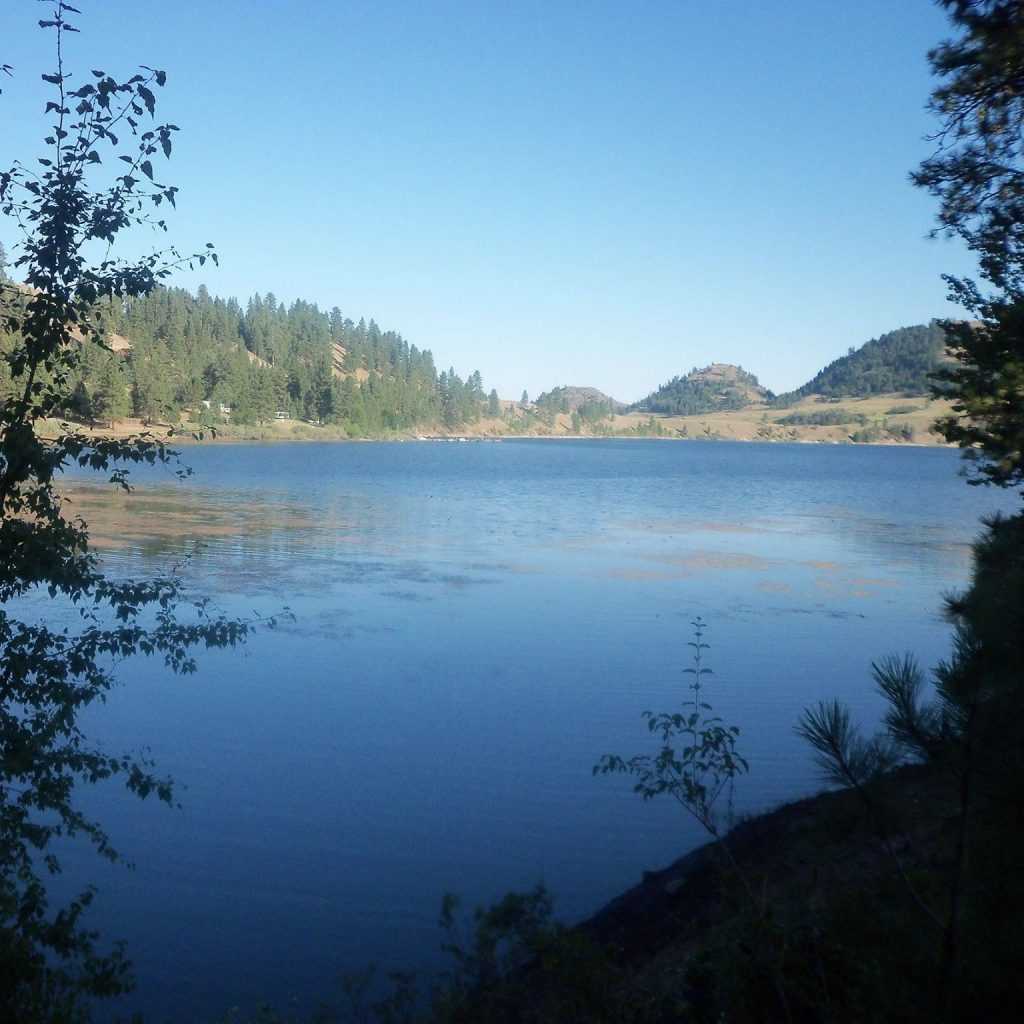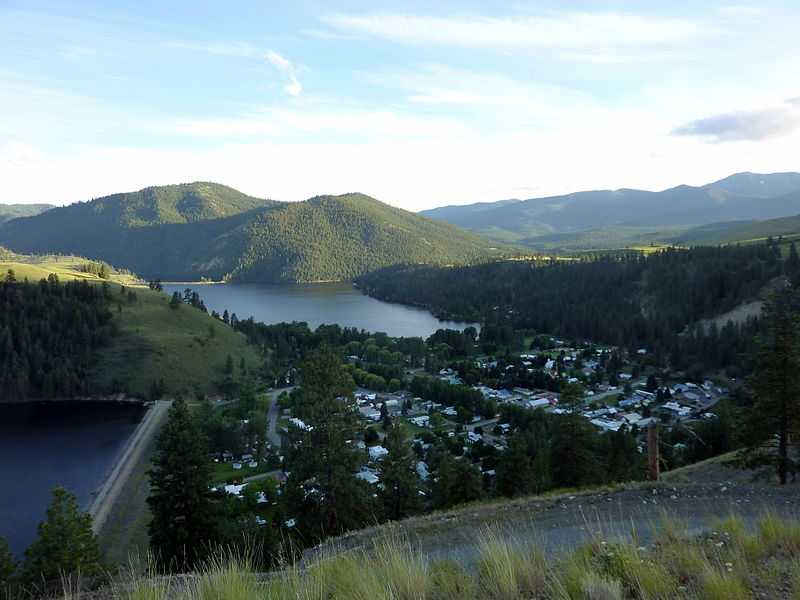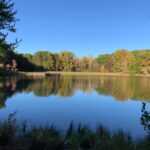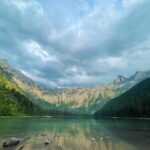Conconully State Park
Key Information
Contact Info
509-826-7408
Location
119 Broadway St, Conconully, WA 98819, United States
Opening Hours
6:30am–10pm
Fee
$12.00 - $40.00
Introduction of Conconully State Park
In north central Washington, Conconully State Park is an 81-acre campground with 5,400 feet of freshwater frontage. The park was established in 1910 and is the earliest Bureau of Reclamation irrigation project in this region of the nation. State Parks began to manage in 1945. Camping, boating, fishing, water skiing, horseshoes, and mountain biking are among the available pursuits. The Coxit Creek Trail offers excellent hiking opportunities, and Little Peacock Mountain is seen at Conconully State Park. You can enjoy a tonne of outdoor activities at Conconully State Park.

Conconully State Park Activities
Boating
Due to lake water levels, access to watercraft launches may not always be available in the spring, summer, and autumn. To learn the lake level, contact the park.
For handling both motorised and non-powered boats, there are two boat ramps and one boat dock.
Watercraft launching and trailer dumping are both permitted everyday at the park.
Fishing
This park, which provides boat launching on two lakes and campsites, is regarded as a fisherman’s paradise.
Picnicking
One cooking shelter with power is available for reservation in the park. Call the park to make a reservation. 90 unsheltered picnic tables are offered throughout the park on a first-come, first-served basis.
Camping
The campground features 51 tent sites, 15 water/electric sites, 4 bathrooms (including one ADA-accessible), and 4 showers (one ADA). The longest possible site is 60 feet (may have limited availability). First come, first served applies to every campground.
Junior Ranger Program
Conconully participates in the Junior Ranger programme for the Washington State Parks system, and its interpretive staff makes the programme available to any children who visit the parks (while the park facilities are open, that is). Children can borrow an explorer’s pack that contains information on the history, flora, and fauna of the park as well as tips for preserving it and other natural areas. A junior ranger badge can be obtained by children who have shown their knowledge.
Historical Sites
When the Bureau of Reclamation was initially established in 1910, one of its earliest irrigation projects was the construction of the Conconully reservoir. The Okanagan county seat used to be at the now-small town of Conconully, but a flood in 1945 completely destroyed the region. The park, however, has historical bell from the original Conconully one-room schoolhouse and a reproduction of the old Okanagan County Courthouse cabin as tributes to the town’s past.
Snowshoeing
Wintertime sees the park’s amenities shut down, although the park itself is still open (albeit with shortened hours). Conconully receives about 40 inches of snow on average from November through February. Excellent backcountry snowshoe terrain includes broad fields, shorelines, and hillsides covered in fresh snow. Carve a path through the woods and through some recently fallen snow to yourself when there are less people around due to the season. For fans of winter sports, cross-country skiing and snowmobiling are additional options.
Wildlife Viewing
While there are many different bird and mammal species to witness in the park all year long, late fall and winter provide an opportunity to view nature in a more sedate, peaceful setting. Mule deer, white-tailed deer, coyotes, chickadees, dark-eyed juncos, snow buntings, pine grosbeaks, and other wildlife are to be on the lookout for. You could have the opportunity to witness a great horned owl or a great grey owl searching for rodents that scurry beneath the deep winter snow if you are persistent, silent, and lucky.

Transportation
Driving
Conconully is rather off the main route, and the town adjacent barely has 200 people, but it is nevertheless possible to reach the park from the south through paved, two-lane county roads that merge into Conconully Road. Using roads from the adjacent valley communities of Riverside, Omak, or Okanogan, drivers and RVers may get to the park. These routes are simple and reasonably level, but keep in mind that county roads may not always receive repair as quickly as state or federal highways, so drive carefully, especially in bad weather.
Once you’re within the park, it’s hard to become disoriented or lost. One major road splits into two tiny camping loops; the smaller loop contains five RV sites, while the bigger loop also includes numerous conventional campsites, bathrooms, and the park ranger station. Once you’ve parked and set up, you may travel along short trails or across open spaces to reach to any point inside the park, such as the playground, the wading pool, or the beach. The town centre, which includes amenities including a general shop, cafés, a petrol station, and numerous other RV parks, is only a few streets away by foot or car.
Parking
Parking is available.
Public Transport
Public Transport is available.




